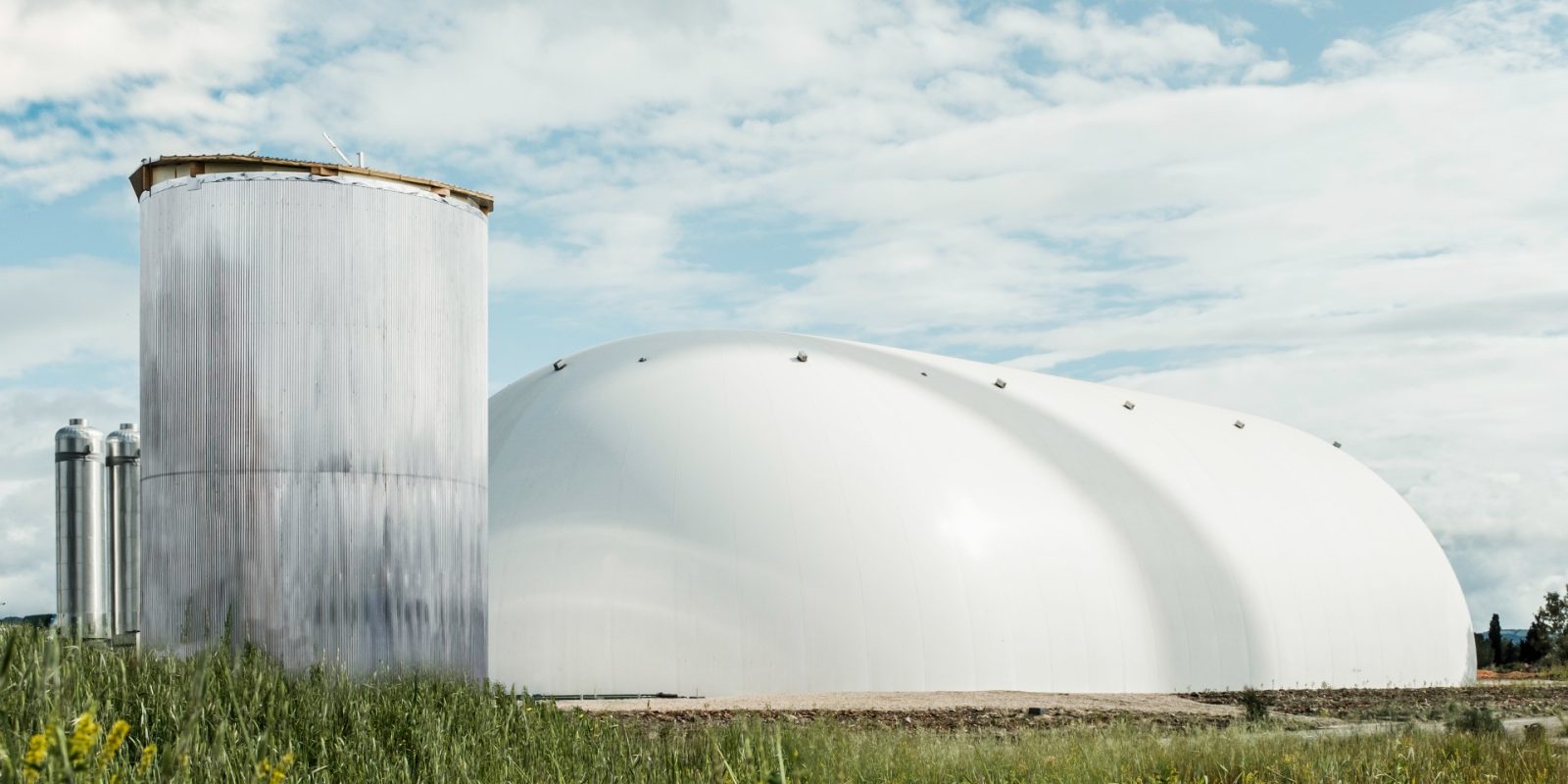
Italian startup Energy Dome has now begun to commercialize the world’s first CO2 Battery, which was launched earlier this month in Sardinia, Italy. The battery uses carbon dioxide to store renewable energy on the grid, and Energy Dome says the technology can be quickly deployed anywhere in the world.
June 28 update: Energy Dome today announced that it has secured $11 million in bridge funding, which will enable it to buy equipment for a 20-megawatt/200-megawatt-hour/10-hour duration facility for Italian utility A2A, with which it has a memorandum of understanding.
The Evolution Fund of asset management company CDP Venture Capital Sgr, together with existing investor Barclays, led the convertible funding. Swiss family office Novum Capital Partners, an existing shareholder in Energy Dome, also joined the round.
With the closing of this latest convertible round, Energy Dome has now raised a total of nearly $25 million since the company emerged from stealth mode in February 2020. Its series B round is planned for later in 2022.
World’s first CO2 Battery
Energy Dome sited the CO2 Battery in Sardinia to favor speed to market and ease of execution, as it’s in an industrial area with an existing electrical connection. Further, Sardinia currently uses coal, but the fossil fuel will be phased out by 2025. The battery can be paired with both wind and solar.
Energy Dome began its operations in February 2020 and has progressed from a concept to full testing at multimegawatt scale in just over two years.
Energy Dome Founder and CEO Claudio Spadacini said:
The CO2 Battery is now commercially available to make cost-effective renewable energy dispatchable on a global scale.
Energy Dome asserted that its CO2 Battery facility in Sardinia uses off-the-shelf equipment available from a globally established supply chain, and said that rapid global deployment of the CO2 Battery is now possible without bottlenecks.
The company has secured multiple commercial agreements, including one with Italian utility A2A for the construction of the first 20 MW-5h facility. Earlier this year, Energy Dome also signed a nonexclusive license agreement with Ansaldo Energia, a power generation plant and component provider, to build long-duration energy storage projects in Italy, Germany, the Middle East, and Africa.
Energy Dome’s plan is backed by investors that include European deep tech venture capital firm 360 Capital, Barclays, Novum Capital Partners, and Third Derivative.
How the CO2 Battery works
CO2 is one of the few gases that can be condensed and stored as a liquid under pressure at ambient temperature, so, as Energy Dome states on its website, it’s the perfect fluid to store energy cost-effectively in a closed thermodynamic process. It allows for high-density energy storage without the need to go to extremely low temperatures.
Spadacini explained how it works to Bloomberg in May:
To charge the battery, we take CO2 at near atmospheric temperature and pressure and we compress it. The heat that is generated during compression is stored. When we exchange the thermal energy with the atmosphere, the CO2 gas becomes liquid.
To generate and dispatch electricity, the liquid CO2 is heated up and converted back into a gas that powers a turbine, which generates power. The CO2 gas is always contained and the entire system is sealed.
We don’t use any exotic materials. The technology uses steel, CO2 and water. So there is no dependency on rare earth materials like cobalt or lithium. This makes our technology geopolitically independent. It can be produced everywhere and it can be used everywhere.
Energy Dome made a short video last year demonstrating how its CO2 energy storage works:
Electrek’s Take
June 28 update: This is an extremely exciting innovation, and the fact that Energy Dome now has the funds to deploy its commercial product for A2A is a very big deal. We can’t wait to see what comes next.
This is certainly one to watch, as a CO2 battery doesn’t use rare earth materials, and that’s a very big deal. It seems cost-effective and downright democratic. This battery has great potential, and we look forward to seeing whether it deploys quickly on a global scale.
Read more: Solar and battery storage make up 60% of planned new US electric generation capacity
Photo and videos: Energy Dome
UnderstandSolar is a free service that links you to top-rated solar installers in your region for personalized solar estimates. Tesla now offers price matching, so it’s important to shop for the best quotes. Click here to learn more and get your quotes. — *ad.
FTC: We use income earning auto affiliate links. More.



Comments